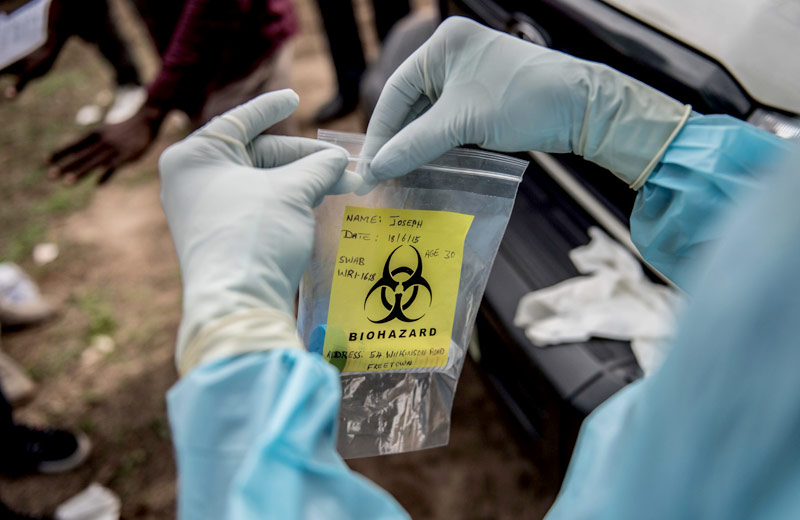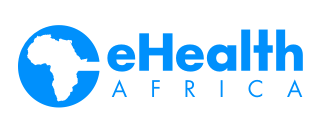
Michael Moreland, Program Manager at eHA, moderated a global discussion in June along with Roberto Dal Bianco, a private pharmaceutical logistics consultant, and Wendy Prosser, Project Manager at VillageReach, on IAPHL (International Association of Public Health Logisticians). The discussion thread was focused on why the model of distribution and public-private partnership engagement matters, particularly for program costs.
Early in the forum, Michael and the other moderators shared highly informative experiences from the field, exploring third-party logistics partners (3PLs) and how they can create value in public health. The expertise expressed and the questions posed prompted consistent and helpful discussions during the forum, exploring the value of partnerships with 3PLs and the added efficiency those relationships can produce.
The write-up below is as it was written for the IAPHL forum by the moderators.
To read the ongoing conversation that followed this post, click here to go to the forum.
—
Greetings IAPHL colleagues, near and far,
As the Senegal study suggests, direct delivery and outsourced models are finding success, but as strategies they are still nascent in the global toolkit. The Senegal model, and those like it in South Africa and Thailand, suggest that partnering with third-party logistics (3PL) providers for last-mile delivery can be cost effective. In Nigeria where our nonprofit runs a 3PL under contract with state governments for routine immunization supply delivery, we have also found our costs on par if not cheaper than what the state runs without compromising effectiveness. With a growing evidence base of successful reference models, it may be an appropriate time to start thinking about what comes next, after the pilots, and what it will take to scale, sustain, and replicate these strategies. I’d like to propose some questions along these lines, followed by prompts, and hear your thoughts.
What makes working with a 3PL different?
The right partner can make all the difference. But are there inherent differences in what an outsourced partner can bring to a program that cannot be replicated within the government? Senegal’s example of the 3PL’s part-time staff is one. Some examples from what we have seen in Nigeria include the following:
- Funding Leverage: Through fee-for-service contracts with 3PLs, government can leverage limited operational funds to spur investment in or assignment of the upfront capital costs of vehicles and equipment, allowing the government to augment third-party investment or free up its capital budget to invest elsewhere. This can be among the catalysts necessary to enable large-scale system transformations.
- Regional scale: While EPI is managed according to states in Nigeria, and its operations must work according to political boundaries, a 3PL can operate regionally in some regards, and make more effective use of scale across borders.
- Shared costs: 3PLs can maximize the utilization of their capital assets by servicing other contracts, such as other public or private-sector clients. By increasing utilization and scale, with the right contractual provisions in place, the 3PL shares its core costs across more clients reducing the share each must bear.
Are these valid from your experience? Are there downsides? What other characteristics of outsourcing are fundamentally different, from a cost standpoint, than the way governments can operate? Alternatively, are there things government can do in this regard that a 3PL simply cannot?
How should we be defining “value”?
In Nigeria we try to assess value – outcomes per dollar spent – in a shared sense, inclusive of government, facilities, the program, and our operation. To create value, the operation must maximize outcomes relative to costs, and both government and 3PLs have roles to play. We like this approach because we know that efforts to improve only one side of this equation can lead to unsustainable programs or false savings.
The challenge is that outcomes and costs are multidimensional. The Senegal study focused on incidences of stockouts, a leading indicator of performance. So the follow-up question may be, “What are the next outcomes we should be measuring?”
Again in Nigeria, we have seen value come to include more standard supply-chain performance indicators, like “on-time and in-full” and “cold chain temperature performance.” Other less obvious indicators include the quality and types of data collected and services our drivers render at each delivery.
On the other side of the value equation, beyond continuously trying to reduce our running costs relative to these values, we focus increasingly on total costs. For example, we operate a sinking/reserve fund, above and beyond repair and maintenance costs, capitalized by calculated contributions each payment period. Through it we ensure we have the funds necessary to invest in new trucks and cold boxes at the end of their useful lives. This makes it a bit more expensive for us in the short-term, but is essential in ensuring transport capacity is available so long as there is a program to serve. If we do it right, it should improve key outcomes relative to these costs.
What are the ways in which you see last-mile delivery operations creating programmatic value currently? How could they? What are the outcome variables and costs you have seen tracked?
What are the optimal ways of engaging 3PLs to maximize this value in the long-term?
The structure and design of Public-Private Partnerships (PPP) between government and a 3PL establish the terms of how these groups work together to create value, and can determine their fate. The components of these agreements can include the following.
- Service levels and frequency of deliveries
- Number of facilities and commodities under management
- Reporting requirements
- Key performance indicators
- Minimum standards
- Pricing model and rates
In each of these is an opportunity to align the interests of the stakeholders. What are the best ways of approaching these? Pricing models are of particular interest. What is the best way to pay for last-mile delivery services? Fixed rates per delivery attempt? Based on volumes carried and distances traveled? Performance-based payments? What have you seen? What would work where you are?
———
To read the ongoing conversation that followed this post, click here to go to the forum.






